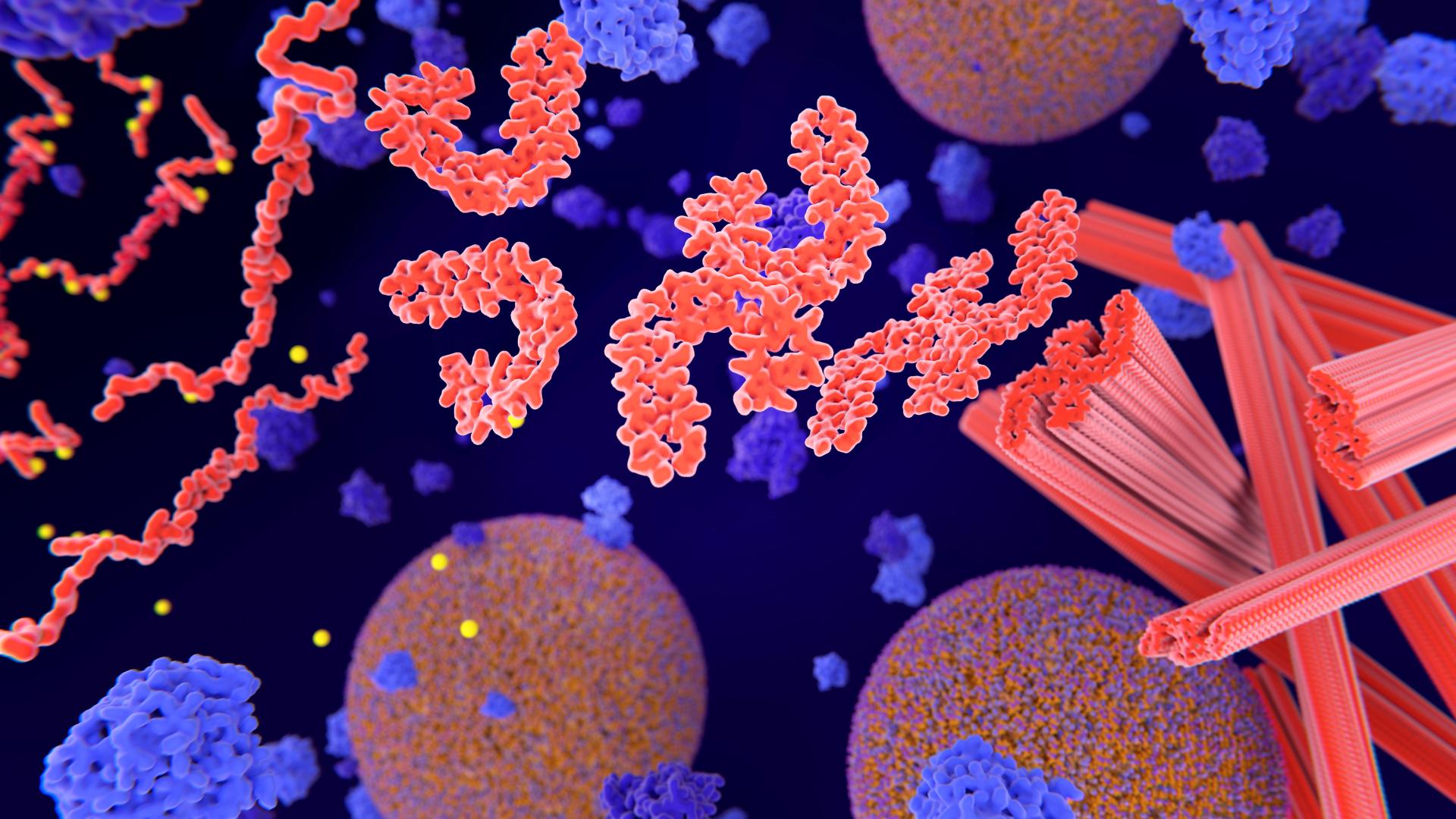Characterizing Heterogeneity of Tau Pathology in Alzheimer’s Disease

About the Research Project
Program
Award Type
Postdoctoral Fellowship
Award Amount
$200,000
Active Dates
July 01, 2021 - September 30, 2023
Grant ID
A2021013F
Mentor(s)
Oskar Hansson, MD, PhD, Lund University
Goals
We aim to better understand how different patterns of tau pathology are related to specific brain changes and clinical presentations of Alzheimer’s disease and dementia.
Summary
In a large sample of more than 1000 participants covering the full spectrum of Alzheimer’s disease, we will derive different subgroups based on the pattern of tau pathology deposition in the brain (measured with positron emission tomography) using a novel subtyping algorithm. We will then study how the subgroups differ in terms of biomarkers profile measured in blood and in cerebrospinal fluid, genetics and brain changes (measured with magnetic resonance imaging). Lastly, as these participants are followed every two years, we will study how cognitive decline differs between the subgroups.
Unique and Innovative
We will leverage a very large, well-characterized cohort in Alzheimer’s disease to provide novel insight into the complexity of tau pathology in vivo. By combining multiple types of data in each participant and advanced disease modeling techniques, the project will yield a unique characterization of different patterns of tau pathology with regards to underlying biological changes and clinical relevance to disease progression.
Foreseeable Benefits
The study will be useful to help envision how tau imaging, which is still very new in the field, should be incorporated in clinical settings and/or clinical trials. By linking disease subtypes to specific biomarkers and brain changes, we will generate new evidence to help thinking of new drug targets against Alzheimer’s disease. Also, our results regarding disease progression could benefit physicians, to help them in their patient management plan.
Related Grants
Alzheimer's Disease Research
The Role of JADE1 in Tauopathy
Active Dates
July 01, 2025 - June 30, 2027

Principal Investigator
Marcos Schaan Profes, PhD
Current Organization
Icahn School of Medicine at Mount Sinai
Alzheimer's Disease Research
Harnessing the Protein CHIP/STUB1 to Reduce Alzheimer's Brain Pathology
Active Dates
July 01, 2025 - June 30, 2028

Principal Investigator
Todd Cohen, PhD
Current Organization
The University of North Carolina at Chapel Hill
Alzheimer's Disease Research
Unlocking Tau’s Secrets: Human Brain Cells in the Mouse Brain
Active Dates
July 01, 2024 - June 30, 2026

Principal Investigator
Wenhui Qu, PhD
Current Organization
Weill Medical College of Cornell University




